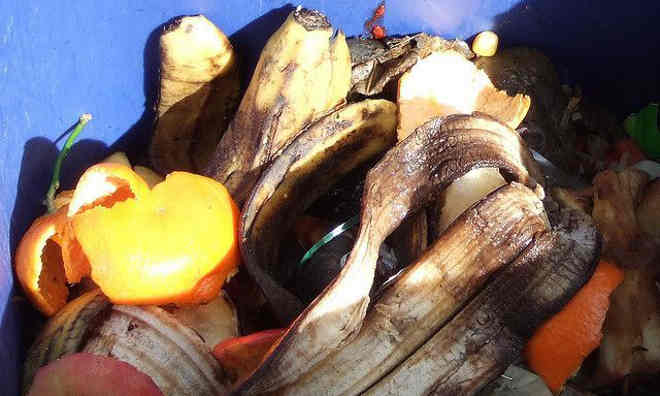The U.N. Food and Agriculture Organization (FAO) recently launched the Food Wastage Footprint (FWF) project, which aims to provide a comprehensive picture of the impact of food waste on the environment and economy. In addition, FWF is highlighting best practices in food wastage reduction, and seeking out contributions from organizations and individuals working on the prevention of food waste and loss. FAO projects that, if current trends continue, global food production must increase by 70 percent by 2050 in order to meet demand. Currently, more than one-third of food is lost or wasted. The term “food waste” is focused specifically on discarding food at retail and consumer levels. “Food loss” refers to the decrease of edible food during the post-harvest and processing parts of the food chain.
Decreasing food wastage can have many benefits. The FWF project explains:
“Generally, less wastage is associated with more efficiency and eventually more
effective recycling of resources and less transport and storage needs
across long distances – all leading to savings in natural capital, less
resource use and lower GHG emissions.”
The research on the environmental impact of global food wastage and loss is limited. The FWF will conduct the first study quantifying both loss and waste of food, in order to improve decision-making. The study will emphasize the impacts on soil, water, biodiversity and climate change.
The project’s ultimate goal is to communicate how investments in reducing food waste and loss can be important for a more sustainable global food system. The FAO is employing a participatory process for developing strategy and public communication materials around FWF.
As a first step, they are seeking best practices–from any stage of the food chain—for reducing food waste and loss. Through compiling practical knowledge, the FWF hopes to assist policymakers, consumers, and company leaders in improving their practices around food waste and loss. Submissions are featured on their website.













